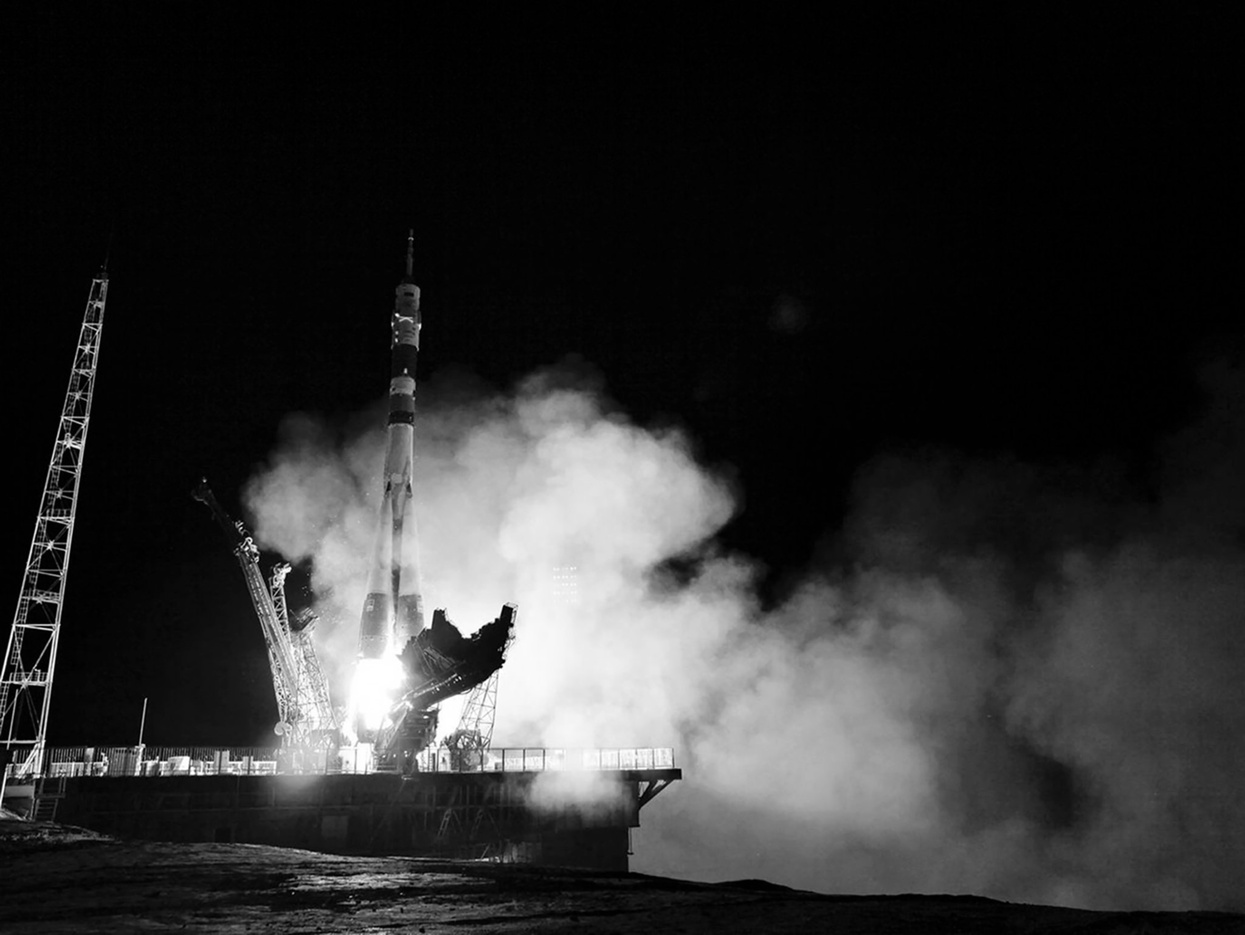New York Times on BCNM Alum Trevor Paglen's Space Art

Trevor Paglen and his space art were featured in "Art for a Post-Surveillance Age" by Megan O'Grady in the New York Times. Trevor is a BCNM alum who earned his doctorate in geography here at UC Berkeley. He was recently named as one of 2017's MacArthur "genuis" grant recipients.
O'Grady discusses Trevor's creative vision for art in a post-survellience age. Trevor has created a number of contemporary sculptures and revealing photographs on the interconnections between humans, earth, and space. A survey of his career will be exhibited at the Smithsonian next summer.
Trevor's most recent radical project is to send a satellite — a reflective, faceted Mylar inflatable — into low orbit, where it will be visible at night from Earth for eight weeks or so, literally twinkling like a diamond in the sky before it disintegrates in the atmosphere. If all goes according to plan, it will be the world’s first space sculpture, unprecedented in contemporary art.
From the article:
"... Paglen ... was working on his doctorate in geography at the University of California, Berkeley, when he saw redacted portions of a map of the Mojave Desert and began photographing classified military installations, outfitting cameras with special lenses used in astrophotography. Ever since, he’s been documenting the ways in which humans have transformed the surface of the Earth, and how we, in turn, have been transformed by those changes...
"The resulting photographs are vertiginous and strange, illuminating the increasingly uneasy space between ourselves and our perceived world: a tiny, is-it-a-seagull-no-it’s-a-drone set against a Technicolor sunset; the dystopian white radomes of a surveillance station tucked into an English pastoral; a placid seascape, beneath which lies a key communications choke point.
"‘People like to say that my work is about making the invisible visible, but that’s a misunderstanding,’ Paglen says. ‘It’s about showing what invisibility looks like.’"
Read the rest of article here.
Read more about Trevor's art here.
